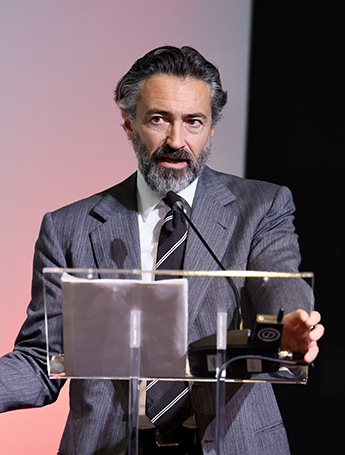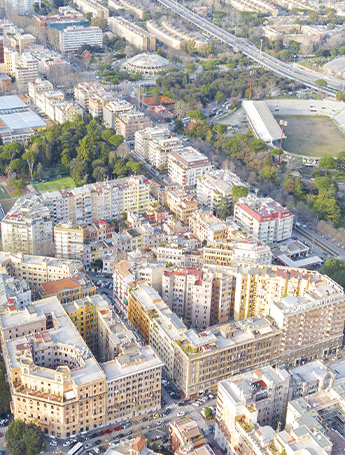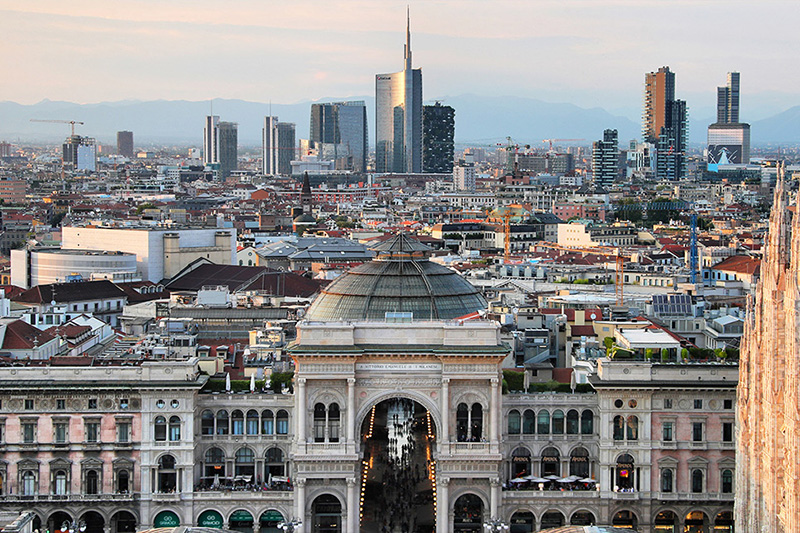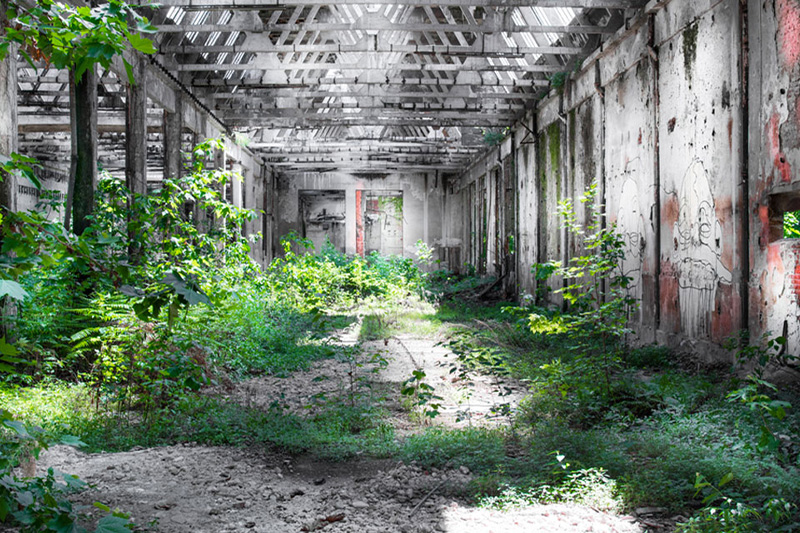“The past urban model has failed, and we require €2 trillion to regenerate our cities - a staggering amount, but we think is attainable if players involved do their part.” With these words, COIMA Founder and CEO Manfredi Catella opened the 12th COIMA Real Estate Forum, dedicated to future cities. "We are aware of the need for a change of course and this is why COIMA is pursuing this goal."
Several structural, demographic and environmental trends guide the transformations that our cities will go through over the next 10 to 15 years. These include urbanisation growth (more than 4.6 billion people will live in cities), migration as a structural factor of European population growth (300,000 more inhabitants in 2030) and ageing (16 million elderly people expected in Italy in 2040). Another crucial factor is the demand for housing, especially in big cities. We highlight the increase of single households, which challenge the real estate sector to provide new housing solutions.
Read also: An affordable house in Milan, in a cooperative

Manfredi Catella – Founder & CEO, COIMA
Catella said: “Alongside these trends, there are technological factors to consider – artificial intelligence and electric mobility investment increases, the use of prefabs for on-site construction, with a market growing to €162 billion, and the environmental issue with an increase in extreme weather events - more than 3,000 in 2022. This poses new and unpredictable challenges to those who design and build cities.”
"As Italians we have the opportunity to pioneer a new way of working together to finance the energy transition using domestic resources.”
The Italian government's National Integrated Plan for Energy Transition, aims to eliminate fossil fuels, promote heat pumps, renewable energy, and insulation of walls and roofs. Catella thinks this is “a unique opportunity to rethink the management and behaviour in our buildings, making them positive agents of energy, environmental and housing transformation.”
In Italy there are 5.3 billion square metres of buildings in need of modernisation, 79 per cent of these are residential. Catella said: "The cost to reach the carbon-zero target by 2050 for these buildings is €2 trillion." "If we focus only on public and commercial buildings, we are talking about approximately €270 billion. Where will the money come from?"
Read also: New Smart Living Solutions
The Italian economic system is based on small and medium-sized enterprises, which constitute majority of production chains. Catella continued: “Although everyone agrees on the need for this transition, there is no consensus on who should bear this burden. It is crucial that construction companies, real estate asset managers and supply chains work together to implement a strategy, as is happening in France, Germany and Spain.”
The risk is fragmented works, reducing the effectiveness of the actions carried out by each production sector, or entrusting the financing to private or pension funds, which have specific purposes.
A solution could be achieved if all players involved do their part: Catella said: "We believe that institutional capital should play a key role. Italian institutional investors invest 10 per cent of their capital in real estate, which is approximately €1 trillion, compared to a global average of 15 per cent. The difference would be €50 billion.” "Private individuals have uninvested savings of €1.7 trillion deposited in bank accounts with no interest and which could contribute for another €85 billion. The rest could come from bank loans, public funds and international capital.”
The scenario described by Manfredi Catella shows that it is possible to kick-start the transformation of Italy’s real estate assets, making a significant contribution to the energy and environmental transition. This would incentivise the supply chain’s employment and turnover.
What is the new city model that COIMA is promoting and that should be financed by these investments?

Creating a context of connected cities between which
one can move quickly
Manfredi Catella answered this question by referring to the classic model of past cities, which were invariably designed and grown around large public spaces - the square, church, and market. "We must design cities where people are at the centre." "By living in silos and creating clusters that do not focus on people, but profit maximisation, we have moved away from this model. We must look back to the past to design a truly sustainable future.”
COIMA's CEO explained his idea about focusing on connection and the role that infrastructure should play in cities in this new era. Catella said: “My starting point would be the Italian railway network, along which it is possible to highlight the cities that can be reached in one and a half hours from Milan, Rome, Bologna and Naples.” This perspective identifies four areas in the country within which the time needed to travel from one point to another is short. "Italy has a large network of medium-sized cities and good transport connections that are accessible to most citizens.”
Read also: Connected and inclusive: the features of future cities
This is why “investing in infrastructure and connectivity is more important than investing in buildings. Instead of building more houses in Milan, the solution to ensure affordable housing is to strengthen the connections between Milan, Rome, or Verona and the many smaller cities within commuting distance where house prices are much lower, such as Genoa or Brescia.”
The key to keeping prices down involves the following: the investments for new buildings will be redirected to regeneration projects to make cities more welcoming, organised, technological, and where everything can be reached quickly. The other is creating connected cities where it is possible to move quickly, allowing people to commute.
Read also: Connectivity and measurable results for sustainable real estate
A crucial challenge in which COIMA is playing its part. Catella said: “This is the future we want to build, where infrastructure unites cities in a liveable and sustainable network.” "We launched a three-year investment plan that will guide our real estate projects. These include more than two million square metres of development and renovation initiatives, which do not use fossil fuels and can generate a positive economic impact of €12.5 billion, due to the investment funds we manage."
"It is a gigantic challenge, but if we commit, we can transform our cities. It is a journey we must take together, for the sake of future generations."




